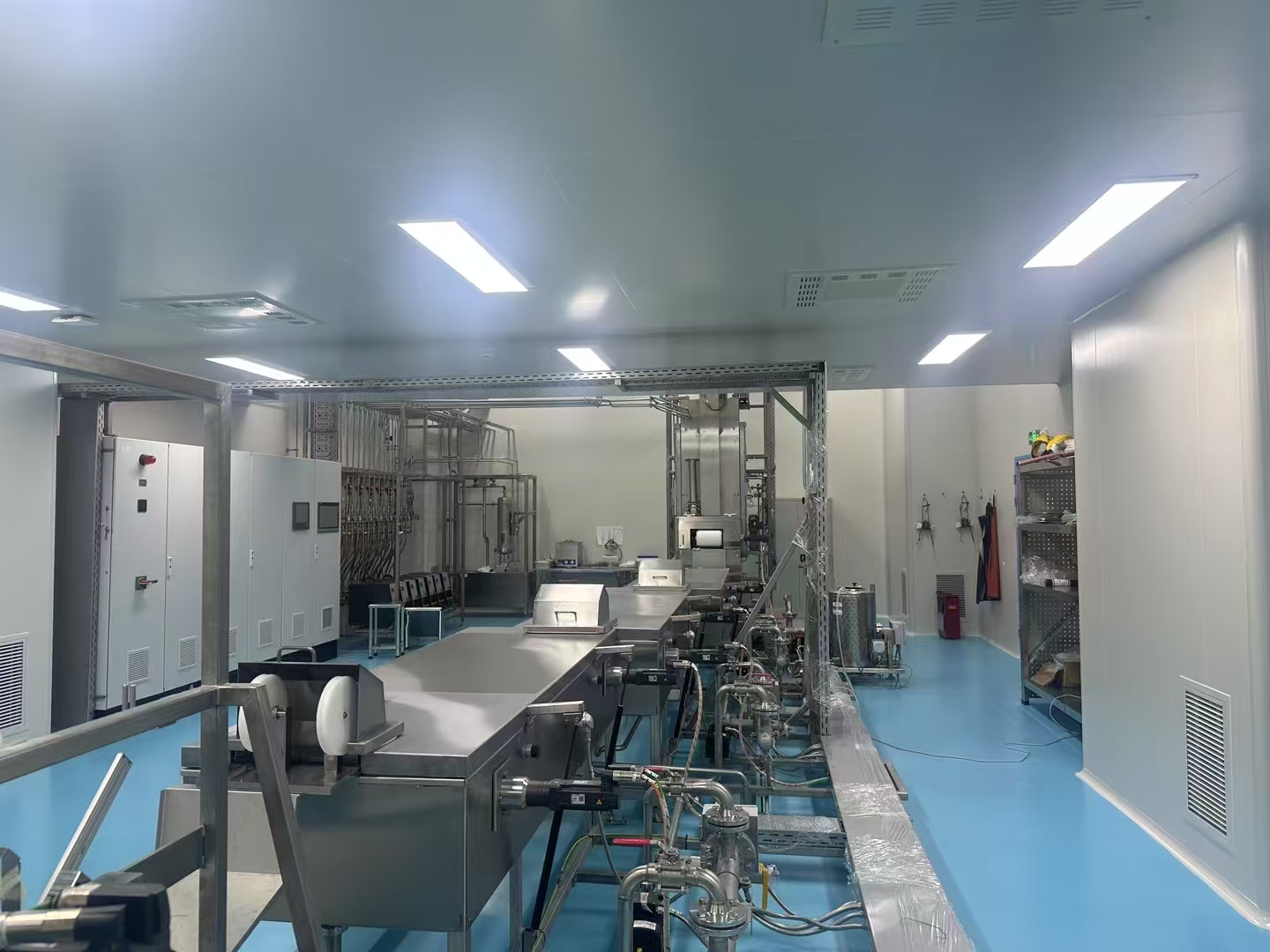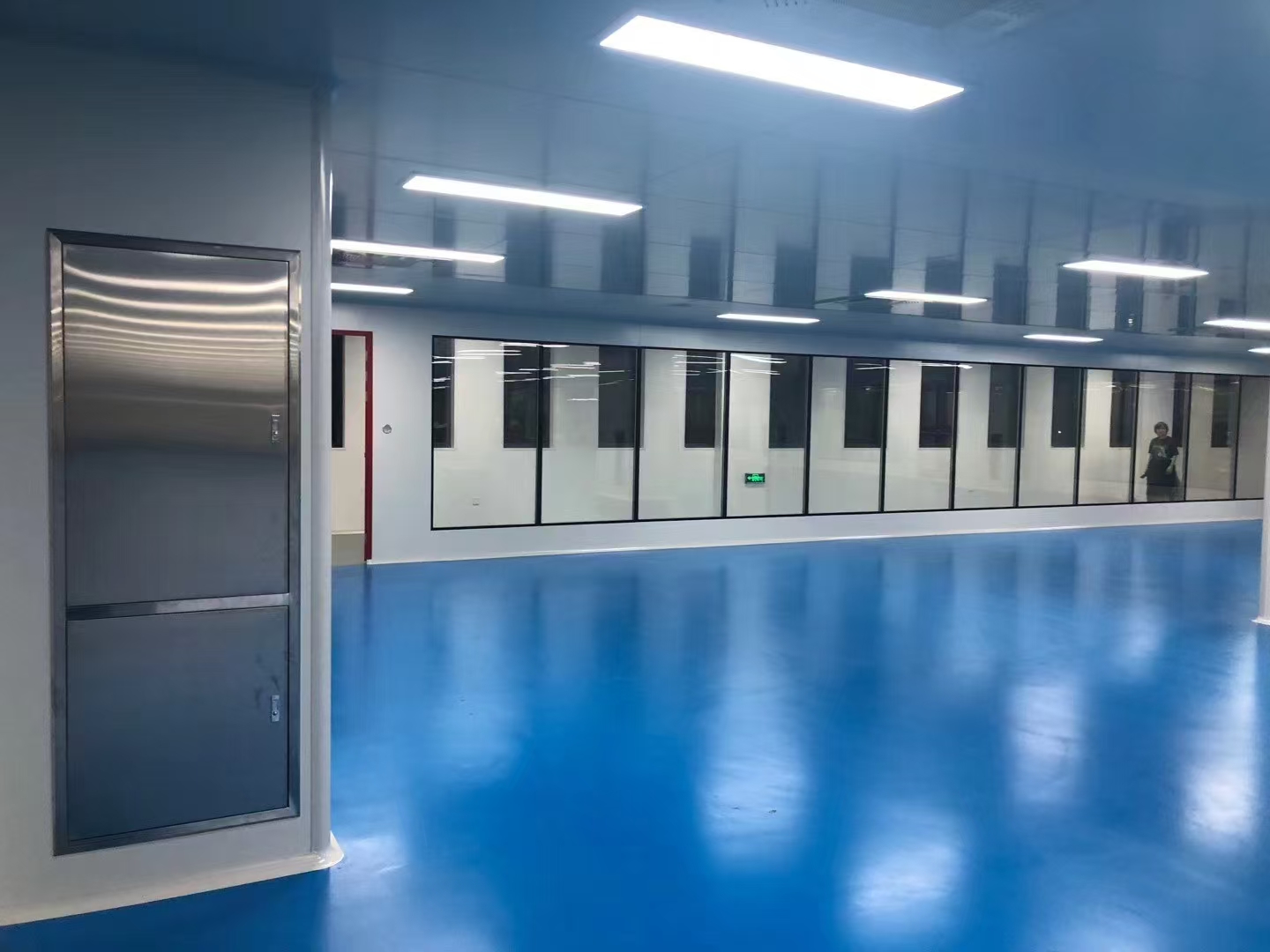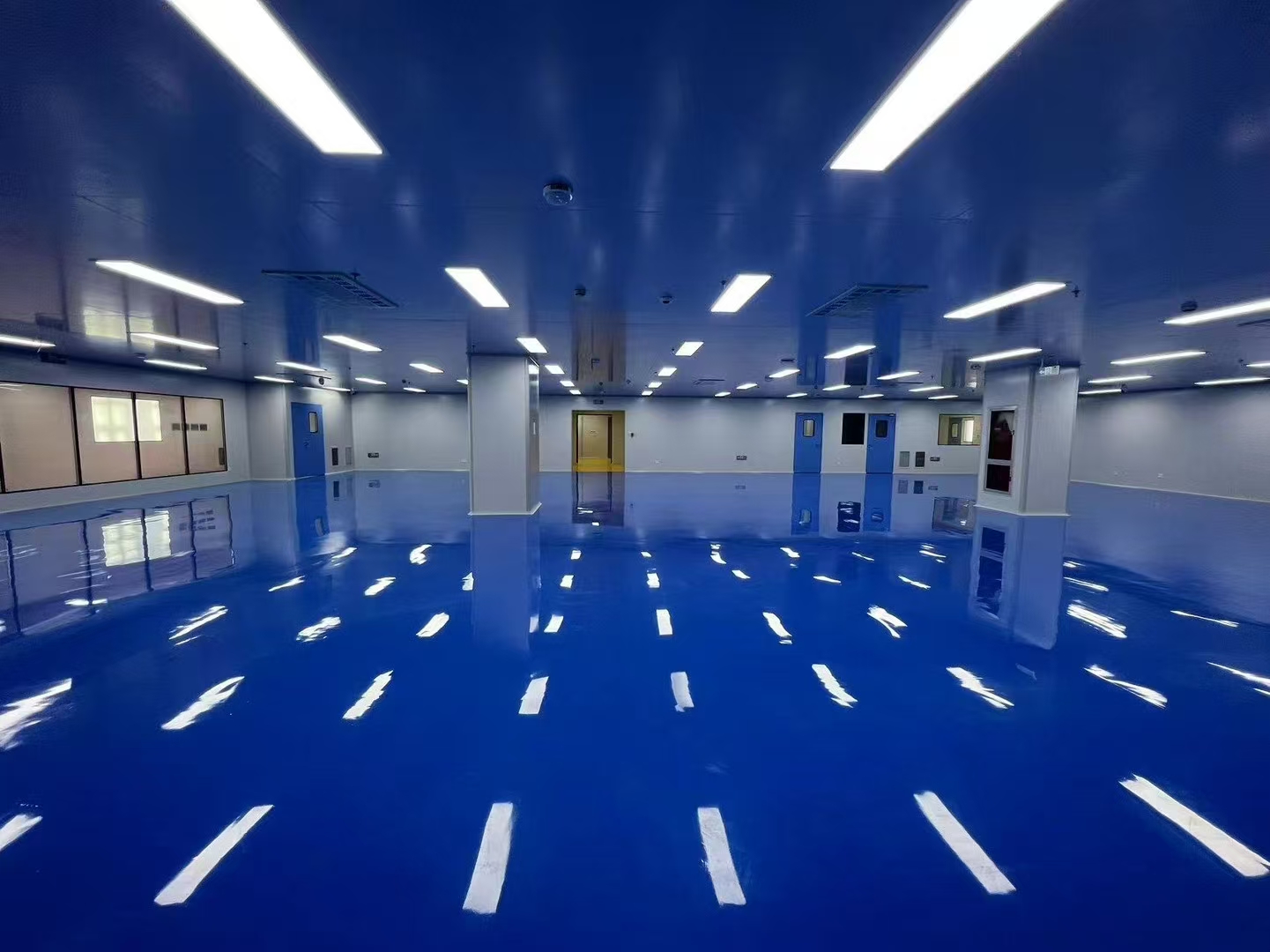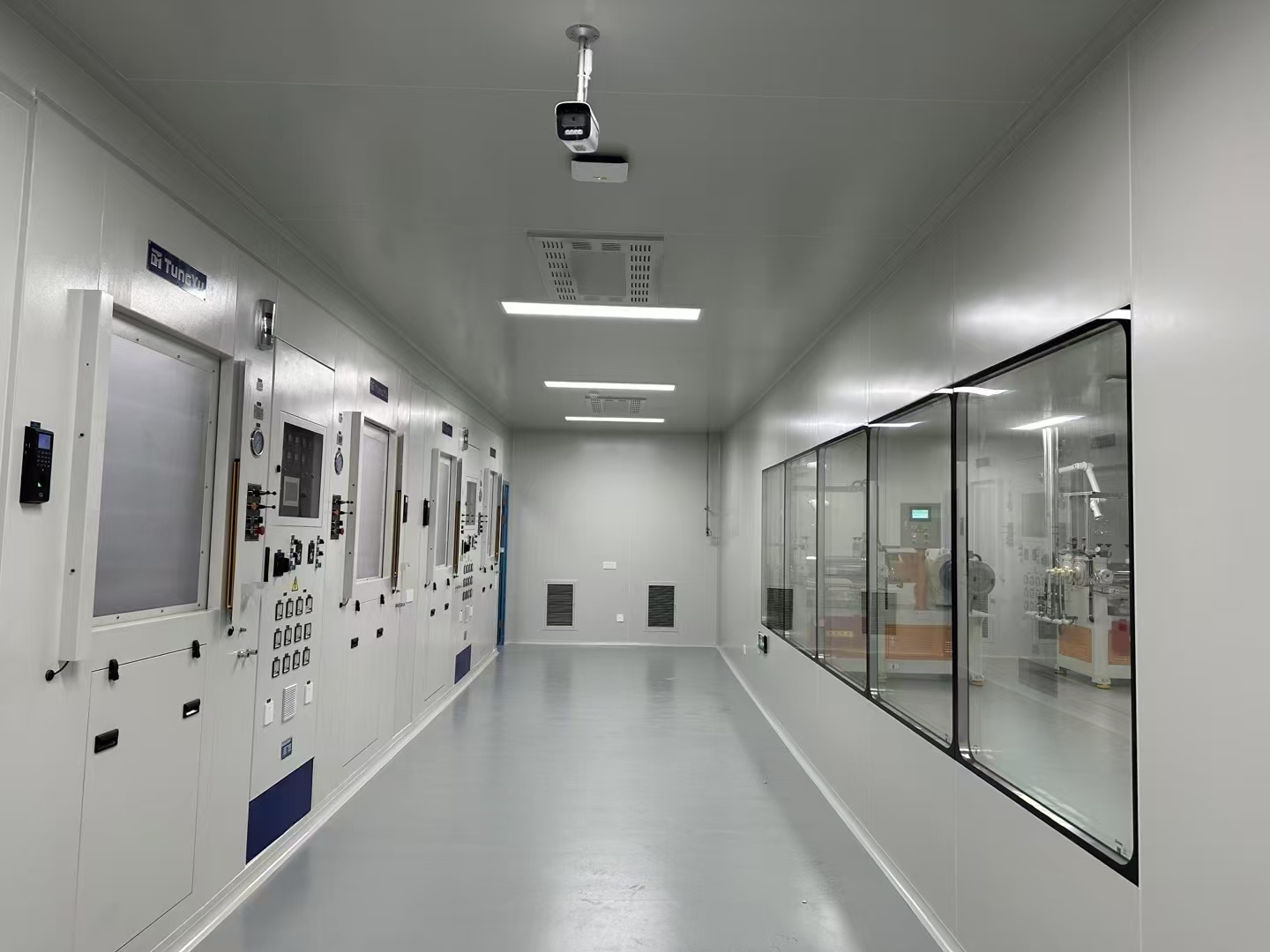

With the rapid development of the pharmaceutical industry and the continuous improvement of the quality requirements for pharmaceutical production, the design and construction of pharmaceutical cleanrooms are particularly critical.
Pharmaceutical cleanrooms are not only related to the production efficiency and cost of drugs, but also directly related to the quality and safety of drugs, which in turn affects people's lives and health. Therefore, in-depth understanding of the design principles, construction points and technical and management challenges of pharmaceutical cleanrooms is of great significance to ensure the safety, effectiveness and stability of pharmaceutical production.
The following author will make a simple popular science answer to the design and construction of pharmaceutical cleanrooms from three aspects: design principles of cleanrooms; construction points of cleanrooms; technology and management.
1. Design principles of pharmaceutical cleanrooms
Functional principle: The design of pharmaceutical cleanrooms must first meet the needs of production processes and ensure the smooth progress of the production process. This includes reasonable spatial layout, equipment configuration and logistics design.
Cleanliness principle: The core requirement of pharmaceutical cleanrooms is to maintain high cleanliness to prevent the invasion of pollutants such as microorganisms and dust. Therefore, in the design, it is necessary to adopt an efficient air purification system, reasonable airflow organization and a building structure with good sealing performance.
Safety principle: The design of the plant should fully consider safety measures such as fire prevention, explosion prevention, and anti-poisoning to ensure personal safety and equipment safety during the production process.
Flexibility principle: With the continuous updating and development of production processes, the design of pharmaceutical cleanrooms should have certain flexibility and scalability to adapt to possible changes in the future.
Economic principle: On the premise of meeting functional, clean and safety requirements, the construction and operation costs should be reduced as much as possible to improve economic benefits.
2. Key points for the construction of pharmaceutical cleanrooms
Building structure design: The building structure of the plant should be strong and durable, with good sealing and stability. At the same time, the needs of equipment installation, maintenance and replacement should be taken into account, and the load-bearing structure, ceiling and floor should be reasonably designed.
Air purification system: The air purification system is the core facility of the pharmaceutical cleanrooms, and its design and selection directly affect the cleanliness of the plant. Commonly used air purification technologies include primary filtration, medium efficiency filtration and high efficiency filtration, etc., and appropriate combinations should be selected according to actual needs.
Airflow organization: Reasonable airflow organization is the key to maintaining the cleanliness of the cleanroom. The design needs to take into account factors such as the location, speed and direction of air supply, return air and exhaust air to ensure that the airflow is uniform, stable and not prone to eddy currents and dead corners.
Cleanroom decoration: The decoration materials of the cleanroom should have good cleanliness, corrosion resistance and fire resistance. Commonly used decoration materials include cleanroom panel, epoxy resin self-leveling, etc and appropriate materials should be selected according to actual needs and cleanliness levels.
Auxiliary facilities: Pharmaceutical cleanrooms should also be equipped with corresponding auxiliary facilities, such as changing rooms, toilets, air showers, etc., to ensure that employees meet the corresponding cleanliness standards before entering the clean area.
3. Technical and management challenges
Technical challenges: The construction of pharmaceutical cleanrooms involves knowledge and technology in multiple professional fields, such as architectural design, air purification, automatic control, etc. In actual construction, these professional knowledge need to be organically combined to ensure the cleanliness and production efficiency of the workshop.
Management challenges: The management of pharmaceutical cleanrooms involves multiple aspects, such as personnel training, equipment maintenance, environmental monitoring, etc. In order to ensure the normal operation of the factory and the quality and safety of drug production, it is necessary to establish a complete management system and emergency plan to ensure that all measures are effectively implemented.


Post time: Feb-19-2025

